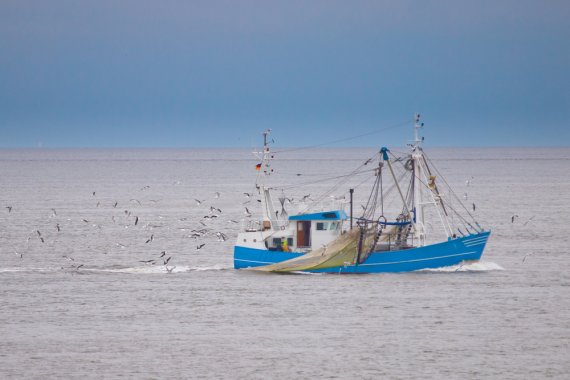In December, a headline in Dutch newspaper Trouw claimed ‘North Sea fishermen often drag their nets through protected areas’. That’s right, says Niels Hintzen of Wageningen Marine Research, who is involved in the study the paper refers to. But we must not be too hasty with our conclusions.
What did you investigate?
‘We identified nine types of habitat in the North Sea, each with its own features such as depth, temperature and sediment. We then looked at how fisheries use these areas. We have known for a while that fishers have preferred areas — hotspots — where they are best able to catch their specific species. We wanted to know what makes these areas attractive for the species and if life on the seabed is specific to that area.’
Some of the hotspots are within Natura 2000, the European network of protected nature areas. Cause for concern?‘
The habitats that fisheries use most intensively are relatively rare. That is to say, these habitats do not cover a large surface area. But this does not mean the species living there are rare. What is more, these areas may be fished more intensively but most fishing still takes place elsewhere. And “protected area” does not mean fishing is prohibited in these areas.’
What can you do with these results?
‘At present, we usually just look at one target species at a time in fishery management. But there has been increasing interest in recent years in life on the seabed and biodiversity. The North Sea is a varied sea environment, not just one big pond. Now that we have mapped it, we can look more precisely at what makes such a habitat special for the fish and whether that’s a good indicator for the seabed life, for example. It is interesting to see how many species a specific habitat accommodates, what species it has or could have, and whether you can influence this with fishery management. Linking habitat types to the spread of fishing activity lets us say something about the entire North Sea without having to monitor every square kilometre.’

 Photo: Shutterstock
Photo: Shutterstock